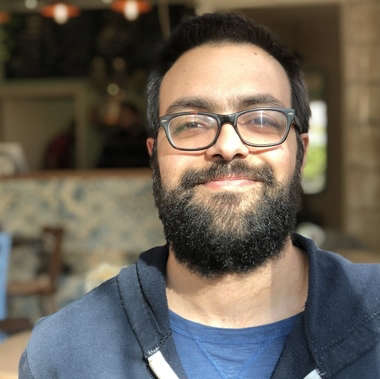From the 1960s to the 1980s, Palestine witnessed the golden era of its graphic art and design movement that accompanied the flourishing of the popular resistance movement. The rebirth of Palestinian visual identity took place even though Israel, following the Nakba, had for years attempted to decimate the Palestinian expression of culture. The establishment of the Palestinian Liberation Organization (PLO) in 1965, and the anti-imperialist movements created a fertile ground for the growth and thriving of the graphic design movement. Designers and artists took charge of event management and marketing, and engaged in spreading and promoting liberation ideology among the general population. Thus, the war of resistance was fought not only with guns but also with posters, a creative weapon to mobilize the masses, be it in commemoration of the cause or in celebration of Palestinian culture and music. Designers highlighted calls for resistance, reminded people of the plight of Palestinian refugees, praised the sacrifices of martyrs, advertised cultural events (also considered as a tool for resistance), and commemorated the Nakba and other important historical events. Palestinian design and resistance walked hand in hand and complemented each other. As former Palestinian president Yasser Arafat famously said, “The artist’s brush, when drawing for the revolution, is indeed the extension of the partisan’s rifle.”i
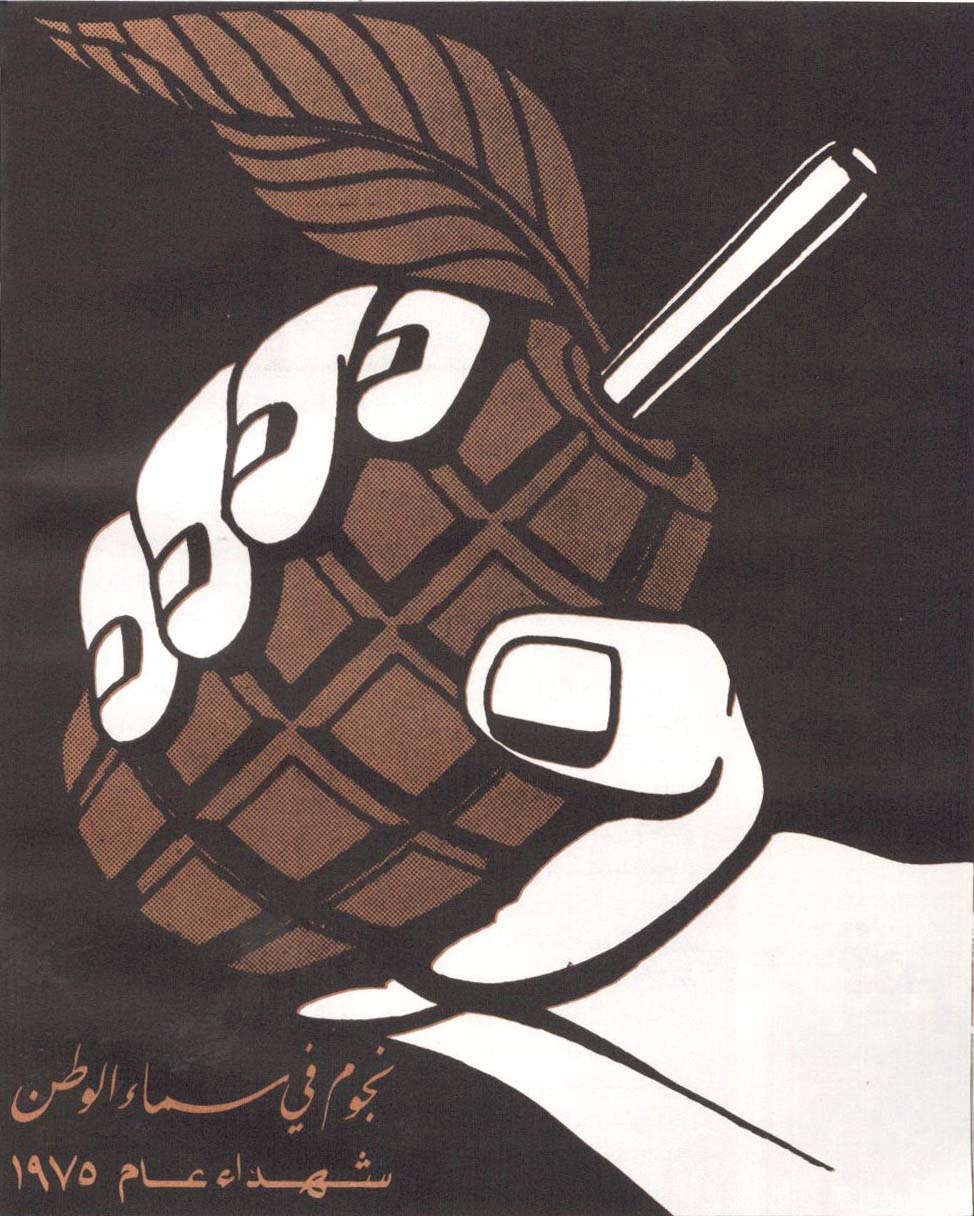
The graphic resistance movement created aesthetic, imaginative, and iconic symbols that were frequently hand-printed, as the printing of posters had been outlawed by the occupation authorities, and they were posted on Palestinian streets in clandestine fashion. They were created by artists such as Kamal Boullata, Ismail Shammout, Shafik Radwan, Mustafa Al Hallaj, Yusuf Hammou, Tamam al-Akhal, and Laila Shawa.
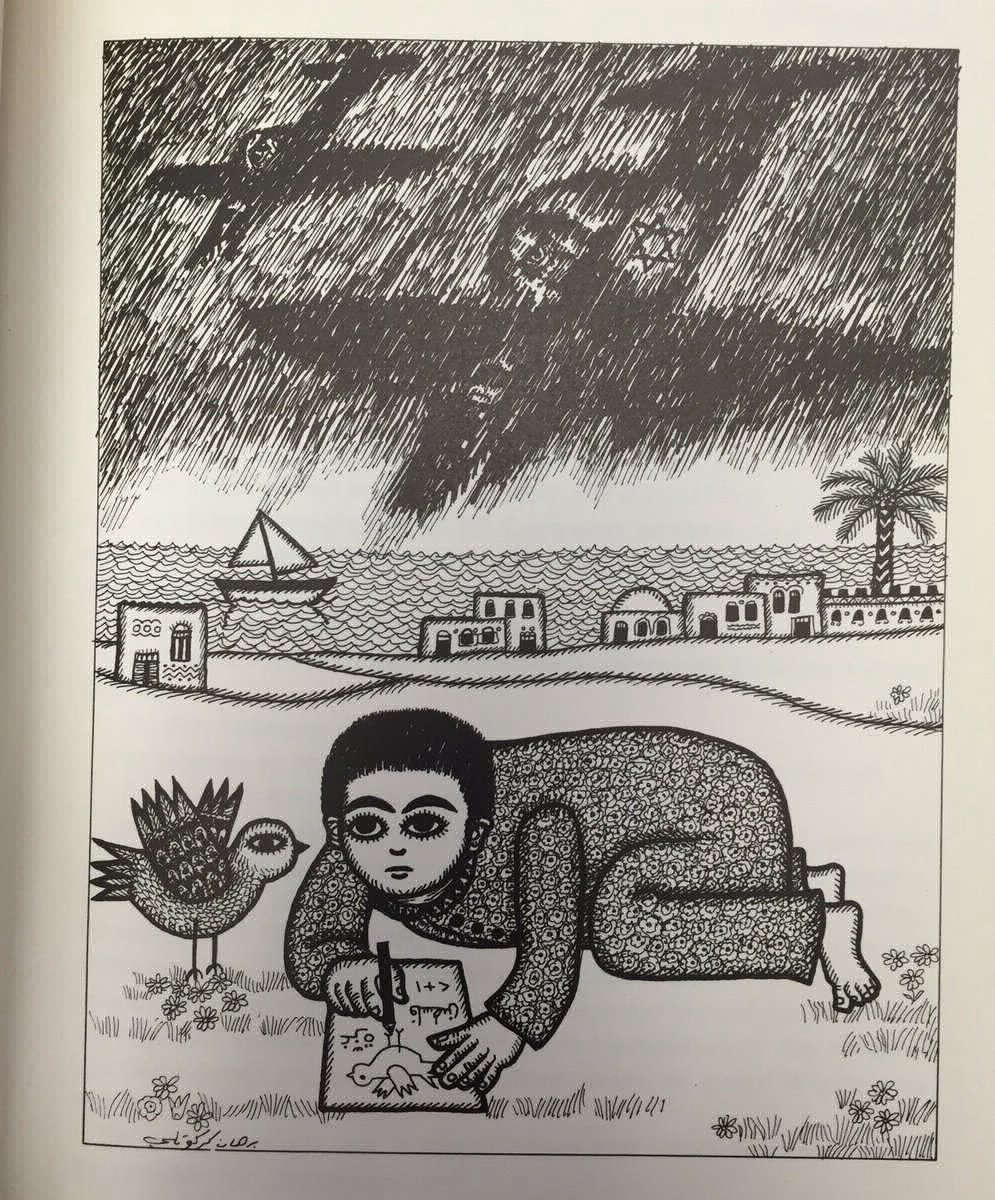
The PLO played a vital role in inviting and welcoming Arab and Western designers and artists to join the cause. Works produced in solidarity with Palestinians were created by artists such as Marc Rudin, who took on the name Jihad Mansour (Switzerland), Burhan Karkutli (Syria), Mohieddine Ellabbad (Egypt), Helmi Eltouni (Egypt), Pedro Laperal (Spain), Hamrouni (Tunisia), Faustino Pérez (Cuba), Emile Menhem (Lebanon), Mona Saudi (Jordan), Muaid Al Rawi (Iraq), and many others. At the PLO’s invitation, designers worked in countries such as Poland, Japan, and France. Ezzeddine Qalaq, the PLO representative in France, was assassinated in 1978 for commissioning French designers to produce posters for Palestine.
Many artworks originally created with acrylic, oil, and watercolor were later translated into posters and became icons for Palestinian liberation. In addition to elements taken from Palestinian traditional culture and music, poster designs frequently utilized special Arabic typography, both in traditional and modern forms. Worth mentioning in this context is Kamal Boullata’s colorful, geometric Kufic script, Vladimir Tamari’s Al-Quds font, and special fonts used, for example, by Taisir Masrieh in the posters for the annual Jerusalem Festival and other concerts.
There are many ways to perceive and look at graphic design, but viewers should mainly focus on the big picture that involves concepts, ideas, messages, aesthetics, and the connection that the poster makes to the audience. Without these objectives, viewers would be looking only at decoration. The poster artist heroes have indeed raised public awareness through their graphics, not only in Palestine but worldwide, which vastly increases the success of their endeavors.
Palestinian design as a resistance tool has produced some of the best Arabic graphics, illustrations, and typography to date, and collections of Palestinian liberation posters are housed in the Ethnographic and Art Museum at Birzeit University; The Palestinian Museum in Birzeit; the Art Galleries and Collections of the American University of Beirut; the International Institute of Social History at the Royal Netherlands Academy of Arts and Sciences; the Center for the Study of Political Graphics in Los Angeles, California; and the Museum of Design in Zurich, Switzerland. Worth mentioning are also the Palestine Poster Project Archives, a collection curated by Dan Walsh who, in the 1970s began to collect printed versions of posters related to Palestine. Today, around 10,000 posters are available online and can be accessed by the general public free of charge.ii In 2017, The Liberation Graphics Collection of Palestine Posters was nominated to UNESCO’s International Memory of the World Register but rejected by veto over claims that the material promotes anti-Semitism.
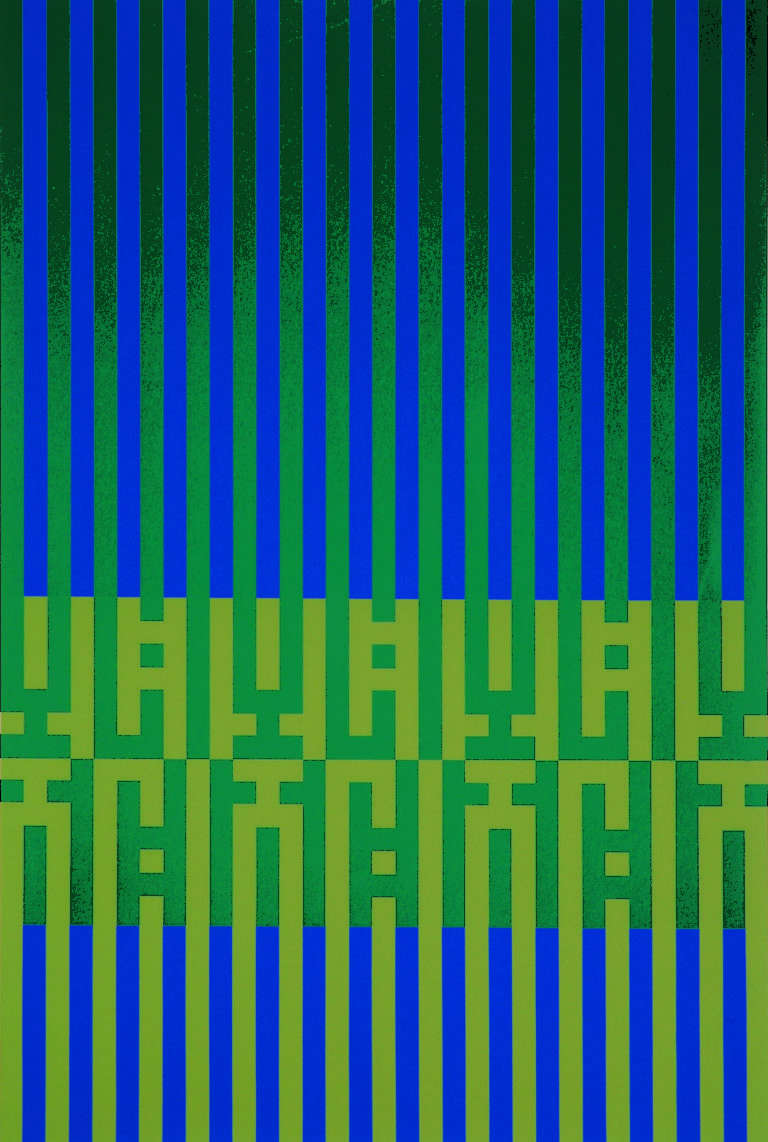
Among the many contributors to this rich body of design and heritage, three artists have been most influential for me. Palestinian painter, designer, and art historian Kamal Boullata was born in 1942 in Jerusalem. He studied at the Fine Arts Academy in Rome and at the Corcoran Gallery School of Art in Washington, D.C. Boullata’s work was a mix of the political and cultural. His colorful geometric Kufic script, which he constructed by hand using silkscreen printing, was used for both Palestinian Matters magazine and in individual exhibitions.
Palestinian painter, graphic designer, physicist, illustrator, and type designer Vladimir Tamari was born in Jerusalem in 1942, and moved to Japan in the mid-1970s, where unfortunately he died earlier this year in Tokyo. He designed the first version of the font named Al-Quds, which means the holy one – Jerusalem, in 1974, and which was enhanced and digitalized for public use over the years. Tamari designed a simple Arabic sans font that is guided by and based on Qur’anic scripts; the aesthetics of the simply designed letters ensure legibility in a wide range of applications. The font was used in 2017 by The Palestinian Museum for its inaugural Jerusalem Lives exhibition.
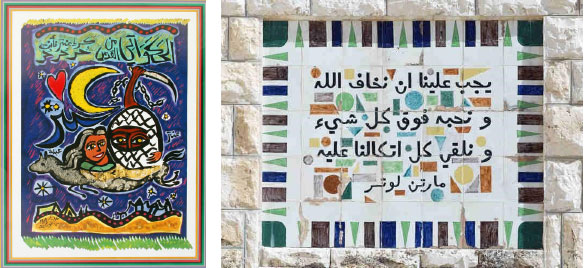
Designer and musician Taisir Masrieh was born in Bethlehem and lives in Italy. Among his most famous works are the posters he designed for The Popular Arts Center in the mid- to late-1990s. My personal favorite to this day, 23 years later, is the poster for the 1995 Palestine International Festival, where Masrieh colored between the lines of his illustration to add unique depth.
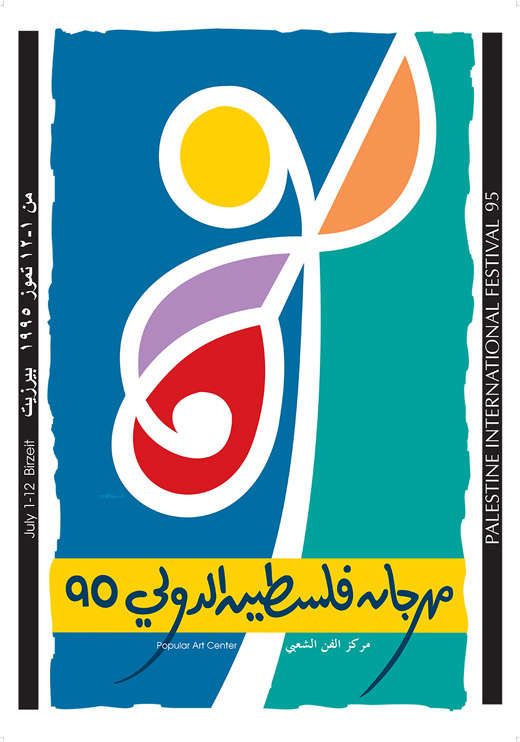
Palestine International Festival 1995 poster.
All this distinctive hard work that we inherited from previous generations has formed a solid base to build on, and as designers and creators it is our duty to create, cherish, and build upon this our visual vocabulary. It is our hope that the next generation might enjoy and learn from these inspiring role models and that we might be able to reach such a level and be in the spotlight once again.
For further reading, please refer to Kamal Boullata, Palestinian Art from 1850 to the Present, London, Saqi Books, 2008.
i Shafik Radwan, The Palestinian Poster: The Struggles of the Establishment and Development (in Arabic), Damascus: PLO Department of Culture, 1992, translation by the author.
ii Dan Walsh, The Palestine Poster Project Archives, available at www.palestineposterproject.org, and background at http://www.palestineposterproject.org/sites/aod/files/thesis_daniel_j_walsh-1_0.pdf.

